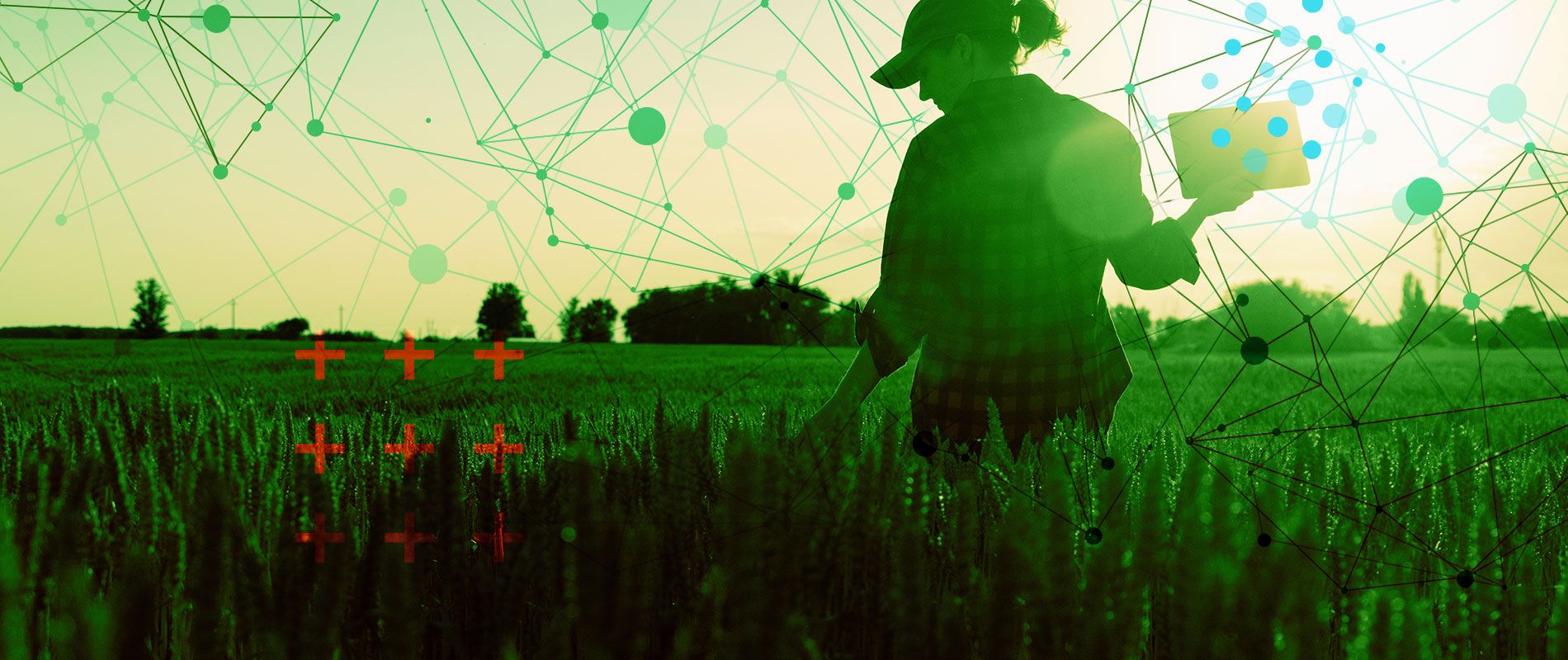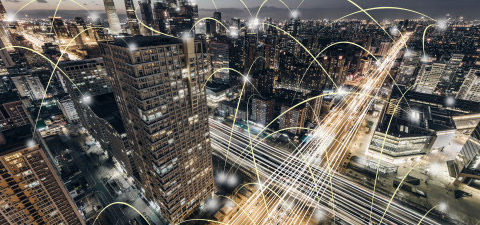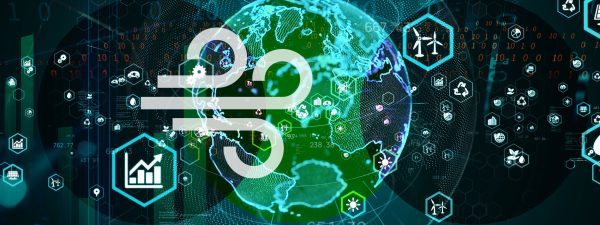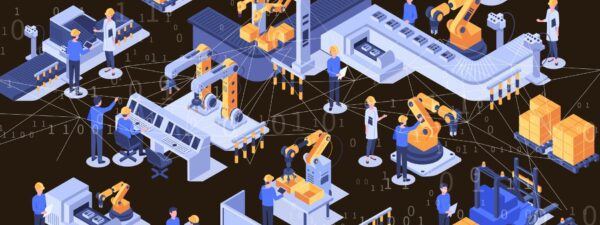As modern technology continues to change the world, so too do the challenges and opportunities in agriculture. The Internet of Things (IoT) is no longer an emerging trend; it is firmly planted, so to speak. Let’s explore the impact of IoT on the agriculture sector, particularly on plants.
Remote monitoring and management: A budding approach
IoT-enabled remote monitoring of plants gives users information about the health and growth of their plants as well as increased control over the environment in which they grow.
Specifically, an IoT remote monitoring system – which uses sensors and wireless communication protocols to determine soil moisture levels as well as light levels – can remotely notify users through a mobile application when it’s time to water and fertilize their plants. Users can also enable notifications via the app that will tell them when to take specific actions for their plants.
Remote monitoring is especially important for vertical and rooftop gardens because it can notify users of the optimal level of sunlight needed each day to allow the plants in these alternative gardens to flourish.
The IoT sensors can also collect and analyze data on everything from temperature and location. Some of the ways that IoT is making a difference in plant operations include:
- Improved operational efficiency. Connected devices can provide real-time alerts when equipment requires maintenance or replacement parts; this, of course, increases uptime and shortens downtime for repairs.
- Optimized inventory management. Manufacturers can use IoT sensors to track inventory levels in real-time. This allows them to order parts as necessary to avoid overstocking or running out of stock.
- Reduced energy costs. IoT sensors on machinery can collect data on usage patterns and then identify opportunities to manage power demand better.
A sunny forecast for predictive analysis
Predictive analysis is the process of using statistical and machine learning techniques to predict future events or outcomes. This analysis helps to extract meaningful insights from complex data sets necessary to make predictions about future actions.
These predictions can include everything from predicting both current and future weather patterns to forecasting whether or not a person will click on an advertisement.
Predictive analysis aims to integrate sensors and measurement devices into farm equipment to help farmers collect data about their crops without needing to physically walk through fields or manually measure plants for signs of disease or stress. IoT devices can collect data about crops by the thousands.
IoT dramatically benefits farmers looking for ways to increase crop quality and yield. Specifically, by collecting data from various sensors in the soil and from satellites overhead and elsewhere, IoT-enabled predictive analysis enables farmers to determine optimal harvests and irrigation schedules.
Predictions about the weather and soil conditions can also help farmers to decide when and how much water should be given to crops. Sensors in the drip irrigation system will monitor moisture levels, temperature and humidity and then send that data to the IoT cloud. Analytics will use this data to predict how much water is required at any particular time, so that pumps can start watering crops.
It’s clear that IoT allows farmers to be more efficient and make better decisions. Indeed, by using data collected from a range of locations, farmers can be more efficient with their time and resources while making better decisions regarding their crops.
The automated greenhouse effect
When applied to a greenhouse, the IoT not only can track and monitor plants and aquariums, but also control them remotely. This means users are able to make any changes needed to ensure that their plants get exactly what they need.
An automated greenhouse’s features include:
- A watering schedule for plants;
- Real-time notification about temperature, humidity, soil moisture and light intensity;
- Automatic water flow control from tank to plants via valve opening and closing with a stepper motor; and
- Real-time visualization of each sensor.
Using remote monitoring in a greenhouse allows users to monitor temperature, humidity levels, and soil moisture levels, all of these are vital to the health of plants.
Remote greenhouse monitoring means that, no matter where you are in the world, you can check on your garden and care for it through an app or website on your mobile device or computer.
Be-leaf it or not: IoT solutions for the agricultural sector are here to stay
As IoT is integrated into the agricultural industry, it will change the growth behaviors of plants. For example, changes in temperature and humidity can control the crop growth rate. In addition, nitrogen and water usage are likely to become highly efficient thanks to increased access to information via IoT technology.
Without a doubt, IoT-enabled solutions will broadly benefit the agricultural sector. For example, when integrating sensors into the planting and harvesting process, companies can gain access to real-time data that will make a difference in the growth of their crops.
References
https://www.appsforagri.com/en/news/impact-of-iot-in-the-agriculture/




